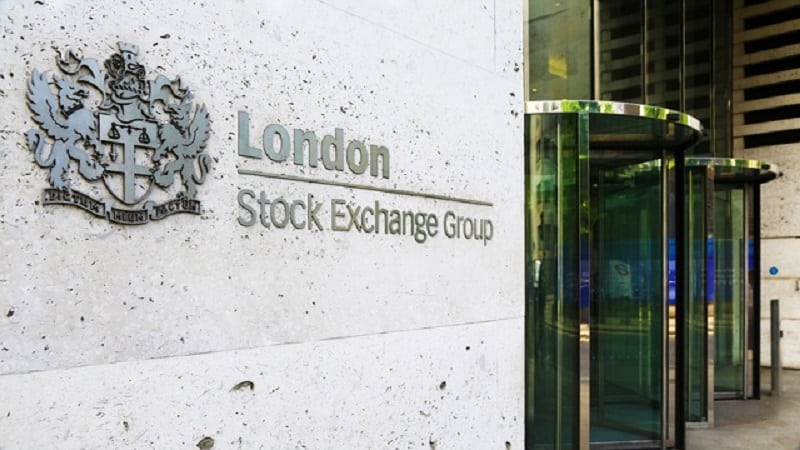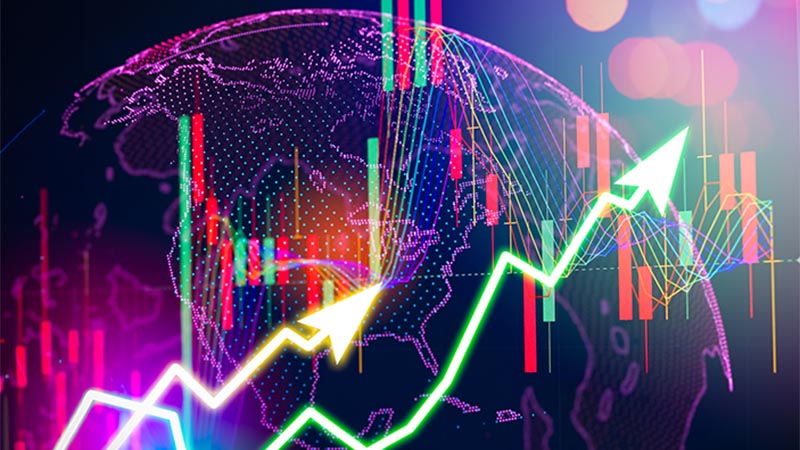India, Brazil and Japan are among the only major markets so far to recover from the global market sell-off triggered by Trump’s ‘Liberation day’ tariffs announcements on 2 April.
While major markets plummeted in the days following the announcement, India’s S&P BSE 100 has recovered from the shock and is now up 4.2%, ahead of the Brazil Bovespa’s 2.7%.
In Asia, Japan’s Nikkei 225 has also crept up 0.3%.
UK midcaps have turned positive since the beginning of April, with the FTSE 250 also up 0.3%. The FTSE 100, however, is still down 1.9%.
See also: UK dividends beat expectations despite dip in Q1
| Change in major indices since Liberation Day | ||
| 1 | S&P BSE 100 (India) | 4.2% |
| 2 | Bovespa (Brazil) | 2.7% |
| 3 | Nikkei 225 (Japan) | 0.3% |
| 4 | FTSE 250 (UK) | 0.3% |
| 5 | Dax (Germany) | -0.3% |
| 6 | Nasdaq (US) | -0.8% |
| 7 | SSE Composite (China) | -1.6% |
| 8 | FTSE 100 (UK) | -1.9% |
| 9 | S&P 500 (US) | -2.6% |
| 10 | CAC 40 (France) | -3.6% |
| 11 | Dow Jones (US) | -5.0% |
| 12 | Hang Seng (Hong Kong) | -5.2% |
| Source: AJ Bell, ShareScope. Data 2 April 2025 market close to 28 April 2025 8.30am BST | ||
US markets are yet to recover to pre-tariff levels, despite the S&P 500 recording its best single day since 2008 following the 90 day pause on tariffs. The Nasdaq is down 0.8%, while the S&P500 has fallen 2.6%. The Dow Jones is still 5% lower.
“It goes to show the importance of being patient with investing and not racing for the sell button every time markets go through a particularly dreadful day, such as falling by more than 2% in a single session as we’ve recently seen,” said Dan Coatsworth, investment analyst at AJ Bell.
“While markets around the world fell after the Liberation Day speech, certain geographies have staged an impressive comeback as there are reasons why investors have been happy to buy.
“India is less dependent on exports to the US than other parts of Asia. That’s made it popular with investors looking for regions that may be less affected by Trump tariffs.
“Brazil stands to benefit from the trade spat as it is an obvious place for China to source food products rather than the US. Beef, poultry and soybeans are among the items now in greater demand from Brazil.”
PA LIVE: Global equities and Trump volatility: Start of a new cycle?
He added that Japan is bouncing back as investors who are looking to diversify away from the US turn to the region.
“While Japan is still negotiating trade deals with the US, investors buying the region might be taking the view that Trump cannot risk causing too much economic damage through tariffs to its Asian ally.
“UK mid-cap stocks have fared better than large caps as the FTSE 250 is less exposed to US tariffs than the FTSE 100. Consumer-facing businesses such as retailers and housebuilders have performed remarkably well on the London Stock Exchange since Liberation Day. They stand to benefit if the Bank of England cuts interest rates.”
Rupert Thompson, IBOSS Asset Management chief economist, added: “The recent bounce in equities does not change our view that further turbulence remains likely over coming months, as a result of continuing uncertainty over policy and the impact on the economy, before markets are able to see a sustained upturn.”









